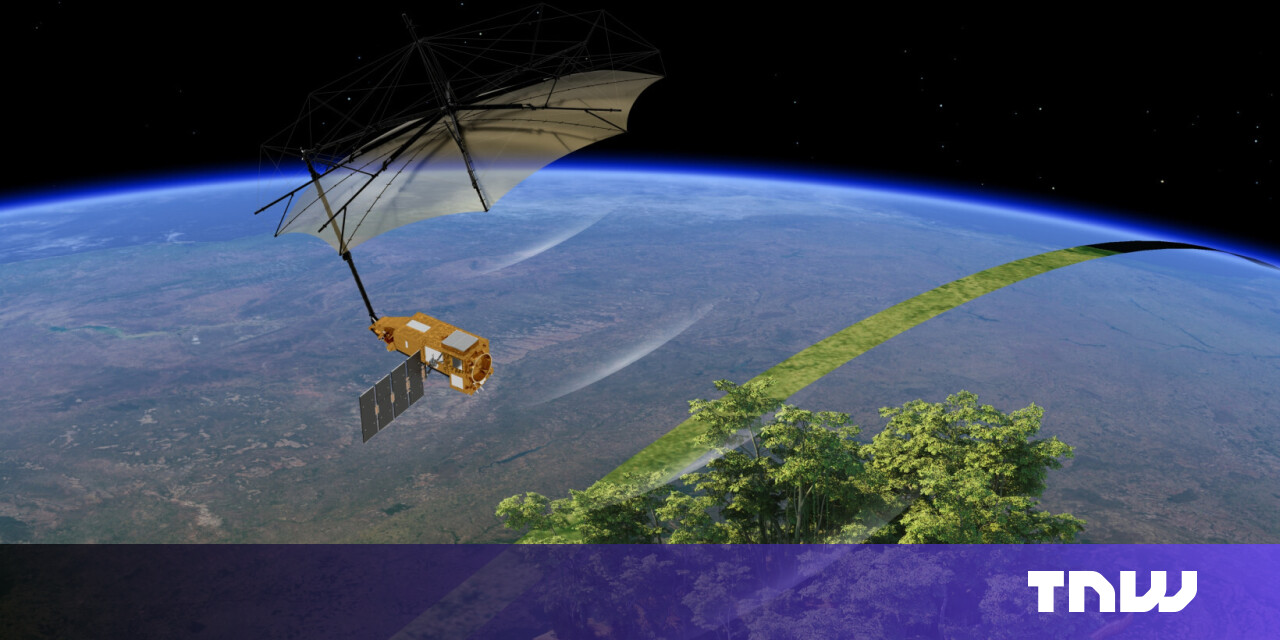ESA Successfully Launches Revolutionary Biomass Satellite to Study Forest Carbon










2025-04-29T09:22:42Z

The European Space Agency (ESA) has successfully launched its innovative Biomass satellite into orbit, marking a significant milestone in environmental monitoring. The satellite was propelled into space aboard a Vega-C rocket, with the launch occurring at precisely 11:15 CEST today from Kourou, French Guiana, which is Europes primary spaceport.
This groundbreaking satellite is the first of its kind, designed specifically to monitor and map the worlds forests. Upon entering orbit, the Biomass satellite will deploy a uniquely designed radar antenna that resembles a gigantic space umbrella. This sophisticated piece of technology, developed by the US defense contractor L3 Harris, is so intricate that it will take a full nine days to fully unfold after being released into space.
The primary function of this umbrella-shaped antenna is to emit radar pulses using a P-band radar instrument attached to the satellites body. This specialized radar operates with long wavelengths, enabling it to penetrate dense forest canopies to reach the thick woody structures underneath. These structures are crucial because they store most of the carbon found in forests. Notably, this satellite is equipped with the first P-band radar system ever launched into space, marking a revolutionary development in satellite technology.
When the radar signals emitted from the satellite strike the Earths surface, they reflect back towards the satellite. The umbrella-shaped antenna is specifically designed to capture these returning signals and redirect them back to the satellite's onboard systems. Once received, the data undergoes processing to create highly detailed three-dimensional maps of global biomass. This process can be likened to an MRI scan, but instead of examining human anatomy, it focuses on the intricate structures within the worlds forests.
The insights gained from the Biomass satellite will prove invaluable in understanding the composition of global forests. By revealing the complex mesh of leaves, stems, branches, and trunks that constitute the biomass, the satellite aims to provide the most detailed measurements of forest carbon ever recorded from space. This data could significantly advance climate science, offering critical information that could aid in the fight against climate change and help policymakers make informed decisions based on accurate environmental data.
 Thomas Fischer
Thomas Fischer
Source of the news: The Next Web